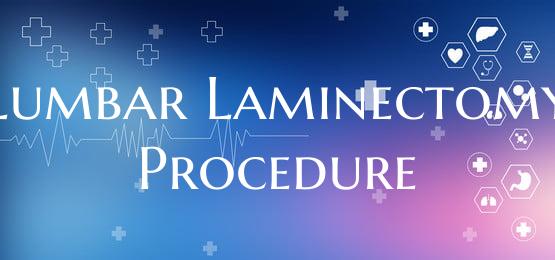
Lumbar Laminectomy Procedure
A lumbar laminectomy, also known as spinal decompression surgery, is a medical procedure performed to relieve pressure on the spinal nerves in the lower back, or lumbar region. This surgical intervention is often recommended to treat conditions such as spinal stenosis, herniated discs, or other spinal abnormalities that cause nerve compression and result in symptoms like back pain, leg pain, numbness, or weakness.
During a lumbar laminectomy, the surgeon removes a portion of the lamina, which is the bony arch that forms the back of the spinal canal. By removing this part of the lamina, the surgeon creates more space within the spinal canal to alleviate pressure on the nerves and allow them to function properly.
The procedure is typically performed under general anesthesia, and the surgeon makes an incision in the back over the affected area. Specialized tools and techniques are used to carefully remove the targeted portion of the lamina without damaging surrounding tissues. In some cases, the surgeon may also need to remove a portion of the vertebral bone or disc material to further alleviate pressure on the nerves.
After the lamina is removed, the incision is carefully closed, and the patient is monitored during the initial recovery period. Physical therapy and rehabilitation may be required to help restore mobility and strengthen the muscles supporting the spine.
While a lumbar laminectomy can provide significant relief from symptoms and improve quality of life for many patients, it is important to discuss the risks, benefits, and potential outcomes of the procedure with a qualified healthcare provider. As with any surgical intervention, there are potential risks, including infection, bleeding, or damage to surrounding structures.
Overall, a lumbar laminectomy is a well-established surgical procedure that can effectively address spinal nerve compression and help patients regain function and reduce pain in the lower back and legs. By working closely with a knowledgeable healthcare team, individuals can make informed decisions about their treatment options and take steps towards better spinal health and overall well-being.